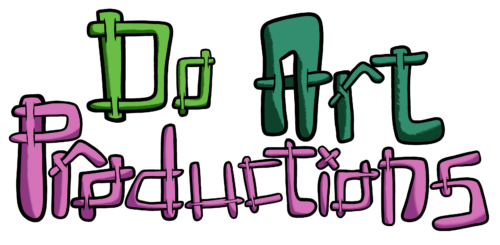I was driving down the highway to our poetry workshop at the Prairie Trails Library in Burbank, IL, when the rain suddenly stopped.
I’d been headed down the highway, in bad traffic and driving rain, trying to find the right energy to bring to the workshop. All of a sudden I looked up and the blue appeared through the clouds. The traffic was still heavy but the cars seemed to move more smoothly. Even if it wasn’t terribly warm, and even if the sun still hid behind the clouds, it felt like spring had arrived.

I made it to the library in better spirits than I’d been when I left. I’ve loved writing poetry since I was in middle school, when a series of language arts projects in 6th grade led me to writing a short book of poems, in various styles. I’d fiddled around for years with rhyme, blank verse, and even the spontaneous prose of Jack Kerouac and other members of the Beat Generation. I even spent a summer determined to write 1000 haiku, which I texted to myself in my phone and then copied onto the computer–short poems drawn from my trips on the bus in Chicago, watching the lake whiz by as the bus took Lake Shore Drive from the North side to Michigan Avenue.
But how do you explain POETRY to kids who’ve never written it before? I’ve mentioned that Jerry’s mom gave me perhaps my favorite definition of poetry–that it’s THE MUSIC OF WORDS, with language used for sound as well as emotional resonance.
For this reason, as I began the workshop, I emphasized the act of RECITING poetry, or in this case just reading what you’ve written out loud. You add emotion and expressiveness to your reciting by varying the VOLUME, the PITCH, and the SPEED OF DELIVERY, among other ways. By asking the kids to say something slowly, or quietly, or in a high pitched voice, I wanted them to open their voices up like a musical instrument. PITCH, in particular, lends itself to wacky voices.
I miss poetry, I thought to myself as I left the workshop. We’d written some good haiku, in particular about one little girl’s dog. I’ve tried to resume writing poems, especially with April being Poetry Month, and I figure if I’m going to talk so much about poetry I should practice writing some.
For whatever reason, I’ve been attracted to the sonnet form lately. Sonnets can be a tricky artform, demanding strict structure of both meter and rhyme, but I enjoy putting them together like puzzles made out of words.
The results, admittedly, are mixed. Sometimes the words seem to flow freely, and sometimes I’ll begin with the best of intentions and run into a brick wall. As with juggling, it’s best to accept drops and mistakes as part of the process, dust yourself off, and try again. Sometimes this means letting a poem simmer before you look at it again. Sometimes this means throwing what you’ve written in the proverbial garbage, taking a blank piece of paper, and starting fresh.
Of all my recent sonnets, the one I like the most is one I wrote a year ago. It was the day before our gallery showing at the Martini Room in Elgin. I’d seen a recent poem from my friend Matt and started hearing this familiar drumbeat in my head. In English, sonnets are composed using a metrical form called “iambic pentameter.” You arrange each line using the SYLLABLES, the sounds you make in order to form a word. Each line in iambic pentameter has 10 of these syllables. But what makes pentameter distinctive is the RHYTHM you make when you say it, the syllables lilting down and UP, down and UP by the way your mouth stresses one part of the word or the other. One of the most famous examples is from a sonnet by William Shakespeare:
Shall I compare thee to a summer’s day?
Shall I comPARE thee TO a SUMmer’s DAY? Spend enough time with English poetry in particular and you start to feel the down up, down up, down up echoing in your head. If you’re lucky, and you find yourself in an inspired groove, the poem churns itself out to this beat. On that night, for whatever reason, the poetry came easily, and I wrote the following poem:
A spider plies her web along the wall,
Against the rain; her patient threads entwine
To make a net, invisible and fine,
Catching flies and bits of meat that crawl.
Defying flood, facing the autumn squall,
She weaves as full moon drives the winter nigh–
As Orion peeks above the eastern sky.
Soon winter frost will take her, web and all.
But when the violets bloom, the midges rise
From pond water, and the tadpoles learn to croak,
Some tiny wisp of legs, with her eyes, tries
To make a web from her own silk–the spokes
On the bicycle of time spin round–new flies
Gather above her, in a haze like smoke.
A poem written about spring, in the middle of winter. While I wrote it, I found myself thinking about my friends, the kids they’ve brought into the world, and the way that our art, these fleeting bits of word or color, become fertilizer for the creativity the comes after us. A morbid thought, maybe, but with the promise of continuity to sweeten it a little bit.


